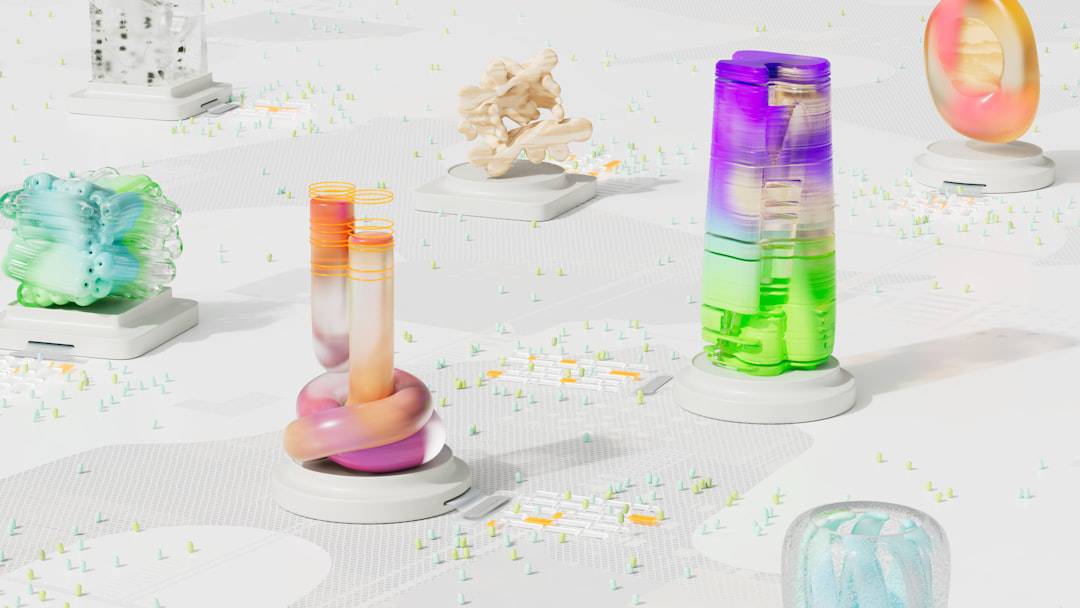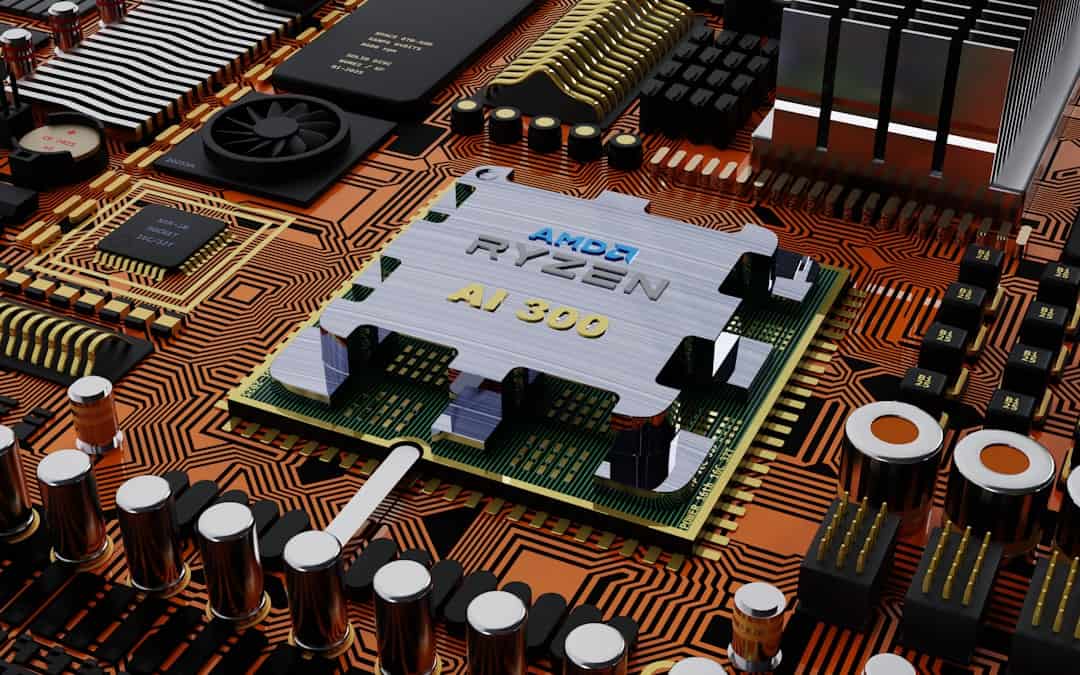Liquid Neural Networks (LNNs) represent a novel approach to artificial neural networks, distinct from traditional architectures in both structure and function. Inspired by the adaptability of the human brain, LNNs feature neurons connected in a random and dynamic manner, creating a fluid structure that enables continuous adaptation and learning. This dynamic connectivity allows LNNs to exhibit complex, non-linear behavior, making them particularly adept at handling the uncertainties and variabilities inherent in real-world data.
The potential of LNNs to transform AI applications lies in their flexible and adaptive approach to learning and decision-making. Unlike traditional neural networks, which often rely on fixed architectures and extensive training on large datasets, LNNs can adapt to new information and tasks without requiring retraining. This efficiency and versatility make LNNs especially suitable for processing streaming data, such as real-time sensor inputs or financial market information.
Furthermore, the dynamic nature of LNNs enables them to handle complex and ambiguous data patterns, rendering them valuable for tasks including natural language processing, image recognition, and autonomous decision-making.
Key Takeaways
- Liquid Neural Networks (LNNs) are a type of neural network that mimics the behavior of the human brain’s cortex, allowing for more dynamic and flexible learning.
- LNNs can adapt and reconfigure themselves based on the input they receive, making them highly suitable for complex and evolving AI applications.
- LNNs offer advantages over traditional neural networks, such as better handling of noisy data, improved resilience to changes, and enhanced ability to process temporal information.
- Implementing LNNs in real-world AI scenarios can lead to more efficient and accurate results, especially in tasks that involve continuous learning and adaptation.
- Challenges in using LNNs for AI include the need for large-scale training data, computational complexity, and the potential for overfitting, but these can be overcome through careful design and optimization techniques.
Harnessing the flexibility and adaptability of Liquid Neural Networks for AI applications
Handling Time-Varying Data
One area where LNNs excel is in handling time-varying data, such as in financial forecasting or predictive maintenance. The dynamic connectivity of LNNs allows them to continuously update their internal representations based on new information, making them ideal for tasks that require real-time decision-making.
Modeling Complex Systems
LNNs can be used to model complex systems with non-linear dynamics, such as climate modeling or biological systems, where traditional neural networks may struggle to capture the full complexity of the system. Another area where LNNs show promise is in autonomous systems, such as self-driving cars or unmanned aerial vehicles.
Robust Decision-Making
The adaptability of LNNs allows them to continuously learn from new experiences and adapt to changing environments, making them well-suited for tasks that require real-time decision-making in unpredictable situations. Additionally, LNNs can be used to model the uncertainty and variability present in real-world data, allowing autonomous systems to make more robust and reliable decisions.
Exploring the advantages of Liquid Neural Networks over traditional neural networks in AI

LNNs offer several advantages over traditional neural networks in AI applications. One key advantage is their ability to adapt to new information without the need for retraining. Traditional neural networks require extensive training on large datasets to perform well, and they often struggle to adapt to new tasks or information without retraining from scratch.
In contrast, LNNs can continuously update their internal representations based on new information, making them more efficient and versatile for handling dynamic and unpredictable data. Another advantage of LNNs is their ability to capture complex and non-linear patterns in data. The dynamic connectivity of LNNs allows them to model complex relationships between variables, making them well-suited for tasks that involve non-linear dynamics or ambiguous patterns.
This makes LNNs particularly well-suited for tasks such as natural language processing, image recognition, and autonomous decision-making, where traditional neural networks may struggle to capture the full complexity of the task.
Implementing Liquid Neural Networks in real-world AI scenarios
| Scenario | Metrics | Data |
|---|---|---|
| Image Recognition | Accuracy | Training and testing datasets |
| Natural Language Processing | Word error rate | Text corpora |
| Autonomous Vehicles | Object detection rate | Real-time sensor data |
Implementing LNNs in real-world AI scenarios requires careful consideration of the specific requirements and constraints of the application. One key consideration is the choice of architecture and connectivity of the LNN. The dynamic connectivity of LNNs allows for a wide range of possible architectures, each with its own trade-offs in terms of performance and complexity.
Additionally, the choice of training algorithms and learning rules can have a significant impact on the performance of LNNs in real-world applications. Another consideration when implementing LNNs is the computational resources required for training and inference. The dynamic nature of LNNs can make them more computationally intensive than traditional neural networks, especially when handling large-scale or high-dimensional data.
Careful optimization of the training process and efficient implementation of the inference algorithms are essential for ensuring that LNNs can be deployed in real-world applications with acceptable performance.
Overcoming challenges and limitations in using Liquid Neural Networks for AI
While LNNs offer several advantages over traditional neural networks, they also present unique challenges and limitations that must be addressed when using them for AI applications. One challenge is the interpretability of LNNs, as their dynamic connectivity can make it difficult to understand how they arrive at a particular decision or representation. This lack of interpretability can be a significant barrier to deploying LNNs in safety-critical or regulated domains, where explainability and transparency are essential.
Another challenge is the computational complexity of LNNs, which can make them more challenging to train and deploy than traditional neural networks. The dynamic connectivity of LNNs can lead to increased computational requirements for training and inference, especially when handling large-scale or high-dimensional data. Efficient implementation of training algorithms and inference procedures is essential for overcoming this challenge and ensuring that LNNs can be deployed in real-world applications with acceptable performance.
Optimizing the performance of Liquid Neural Networks for AI tasks

Optimizing the performance of LNNs for AI tasks requires careful consideration of the specific requirements and constraints of the application. One key aspect of performance optimization is the choice of architecture and connectivity of the LNN. Different architectures may be better suited for different types of tasks, and careful consideration must be given to the trade-offs between performance and complexity.
Additionally, the choice of training algorithms and learning rules can have a significant impact on the performance of LNNs in real-world applications. Another aspect of performance optimization is the efficient implementation of training algorithms and inference procedures. The computational complexity of LNNs can make them more challenging to train and deploy than traditional neural networks, especially when handling large-scale or high-dimensional data.
Efficient implementation of training algorithms and inference procedures is essential for ensuring that LNNs can be deployed in real-world applications with acceptable performance.
Future developments and potential breakthroughs in Liquid Neural Networks for AI applications
The future developments in LNNs are likely to focus on addressing the challenges and limitations discussed earlier, such as interpretability and computational complexity. One potential breakthrough is the development of new techniques for interpreting and explaining the decisions made by LNNs, which could enable their deployment in safety-critical or regulated domains where explainability is essential. Additionally, advancements in hardware technology and computational efficiency are likely to make it easier to train and deploy LNNs in real-world applications.
Another potential breakthrough is the development of new architectures and learning rules that can further enhance the performance and versatility of LNNs. By exploring new ways to structure the dynamic connectivity of LNNs and develop more efficient learning algorithms, researchers may be able to unlock new capabilities and applications for LNNs in AI. Overall, the future developments in LNNs are likely to focus on addressing the unique challenges and limitations of this approach while unlocking new capabilities for handling complex and dynamic data in real-world applications.
If you’re interested in the potential impact of liquid neural networks on virtual reality and the metaverse, you may also want to check out this article on entering the metaverse and connecting with others. It explores the social and interpersonal aspects of virtual reality and how technologies like liquid neural networks could enhance these experiences.
FAQs
What are liquid neural networks?
Liquid neural networks are a type of artificial neural network that is inspired by the structure and function of the human brain. They are designed to mimic the way neurons in the brain interact and process information.
How do liquid neural networks work?
Liquid neural networks consist of a large number of interconnected nodes, or “neurons,” that are organized into layers. These networks use a combination of input signals and feedback loops to process and analyze data, allowing them to learn and adapt to new information over time.
What are the advantages of liquid neural networks?
Liquid neural networks are known for their ability to handle complex and dynamic data, making them well-suited for tasks such as pattern recognition, time-series analysis, and sensor data processing. They are also capable of learning and adapting to new information, making them highly flexible and versatile.
What are some applications of liquid neural networks?
Liquid neural networks have been used in a variety of applications, including speech recognition, image processing, financial forecasting, and robotics. They are also being explored for use in areas such as natural language processing, medical diagnosis, and autonomous vehicles.
How do liquid neural networks differ from other types of neural networks?
Liquid neural networks differ from traditional feedforward and recurrent neural networks in their structure and function. Unlike feedforward networks, liquid neural networks have a more complex and interconnected architecture, allowing them to handle more dynamic and unpredictable data. They also differ from recurrent networks in that they do not rely on explicit time-dependent connections, making them more adaptable to different types of data.











Leave a Reply